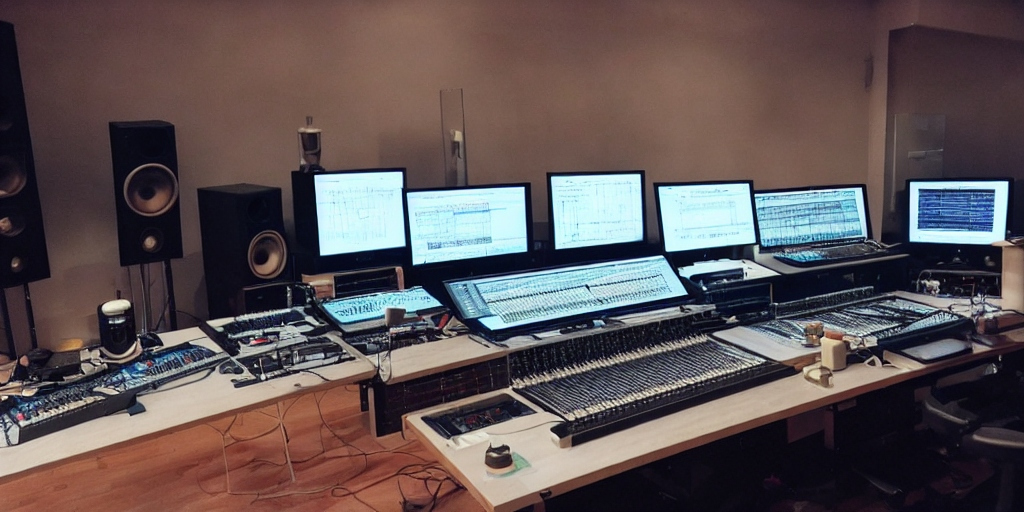
Mastering Rock Music: Techniques and Considerations for a Powerful Sound
Rock music is characterized by its powerful sound, driven by guitars, bass, drums, and vocals. Mastering rock music requires a careful balance of preserving the raw energy and dynamics while achieving a polished, professional sound that stands up to the competition. In this article, we'll explore essential techniques and considerations for mastering rock music to ensure your tracks pack the punch they deserve.
Balancing frequency spectrum
A well-balanced frequency spectrum is crucial for rock music. Pay attention to the low-end, ensuring that the bass and kick drum are tight and well-defined. Use EQ to control any excessive low frequencies that might muddy the mix. In the midrange, guitars and vocals should be clear and present without overpowering each other. Use EQ to carve out space for each element, and apply gentle high-frequency boosts to add clarity and air to the overall sound.
Managing dynamics
Rock music often features a wide range of dynamics, from quiet, intimate passages to loud, explosive sections. To maintain the natural dynamics of the music while achieving a competitive loudness, use compression and limiting judiciously. Apply parallel compression to glue the mix together and enhance the overall impact without squashing the dynamics. Use a limiter to control peak levels and increase perceived loudness, but be cautious not to push it too hard, as this can result in distortion and a loss of dynamic range.
Stereo imaging
The stereo image of a rock track should be wide and engaging, with each instrument occupying its own space in the mix. Use stereo widening tools sparingly, as overdoing it can lead to phase issues and a weak mono compatibility. Instead, focus on panning and the natural stereo width of the mix. Check your track in mono to ensure that important elements remain clear and well-defined when played on mono playback systems.

Enhancing depth and space
Creating a sense of depth and space in rock music is essential for an immersive listening experience. Use reverb and delay effects judiciously during the mixing stage to add depth to individual elements. In the mastering stage, apply subtle stereo bus processing, such as mid-side EQ or harmonic saturation, to enhance the overall sense of space and depth without clouding the mix.
Matching loudness levels
Rock music is typically mastered at a competitive loudness level to ensure it stands up well against other tracks in the genre. Use LUFS meters to measure the integrated loudness of your track and compare it with reference tracks to ensure your mastering is on par. However, prioritize maintaining the natural dynamics and sound quality over achieving extreme loudness.
Quality control and final checks
Before finalizing your rock music master, perform thorough quality control checks. Listen to your track on various playback systems, such as headphones, speakers, and car audio, to ensure it translates well across different environments. Check for any clicks, pops, or other artifacts that might have been introduced during the mastering process, and make any necessary adjustments to address these issues.
Conclusion
Mastering rock music requires a careful balance of power, dynamics, and clarity to ensure a polished, professional sound. By following these techniques and considerations, you can achieve a powerful rock master that stands up well against the competition and delivers the impact that rock music demands. Remember that each track is unique, so always trust your ears and use your creative judgment to make the best decisions for your music.
Want more great audio tips? Checkout other articles from our blog!